Price Match
Now via Live Chat
The VW Splitscreen Bus dashboard is simplicity in its extreme. Especially when it comes to Barndoor Buses which was just a simple pod in front of the steering wheel!
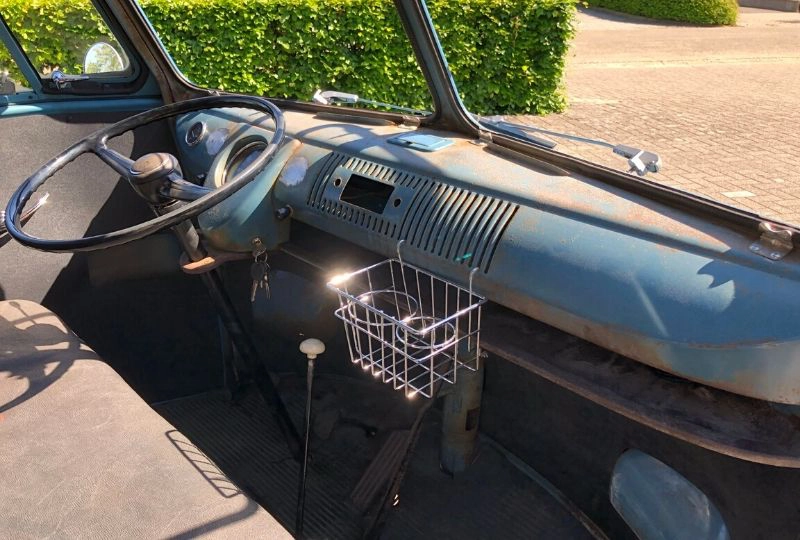
Barndoor Buses were fitted with a very thin 3 spoke steering wheel which was the exact same design to those fitted in VW Beetles of the same earer. It was however a little larger in diameter than the Beetle version. In the centre of the 3 steel spokes was the horn push. The steering wheel was available in two colours. Ivory steering wheels were fitted as standard to all VW Samba models and black versions were fitted to all other models.
All other VW Splitscreen Buses that were not barndoors were fitted with a more modern 2 spoke plastic steering wheel. These again were available in Ivory or black with a colour matched horn push. Contrary to popular belief however the horn press was always plain. Unlike the Beetle that had the Wolfsburg Crest printed on it.
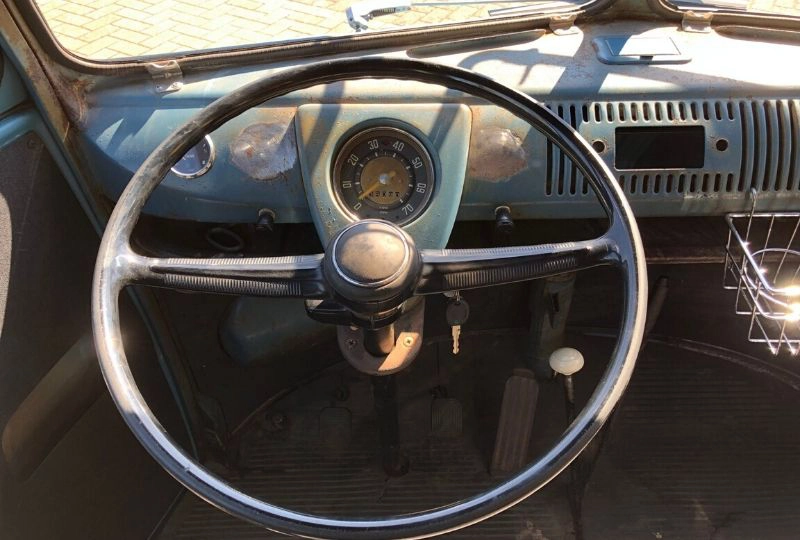
OK so back to the VW Splitscreen Bus dashboard … As mentioned above the Barndoor Bus did not actually have a dashboard as such. It was simply installed with a pod to mount the speedometer in front of the driver. The exception to this was when the Samba was produced. The Samba being a de lux model was fitted with a full width dashboard as standard. It was simple in design with a pair of matching binnacles in front of the driver and passenger with a simple single pressed infill joining the two together. This also became an optional extra for the standard Microbus.
From March 1955 all Splitscreen Buses were fitted with a full width dashboard which remained the same until the end of production in 1967.
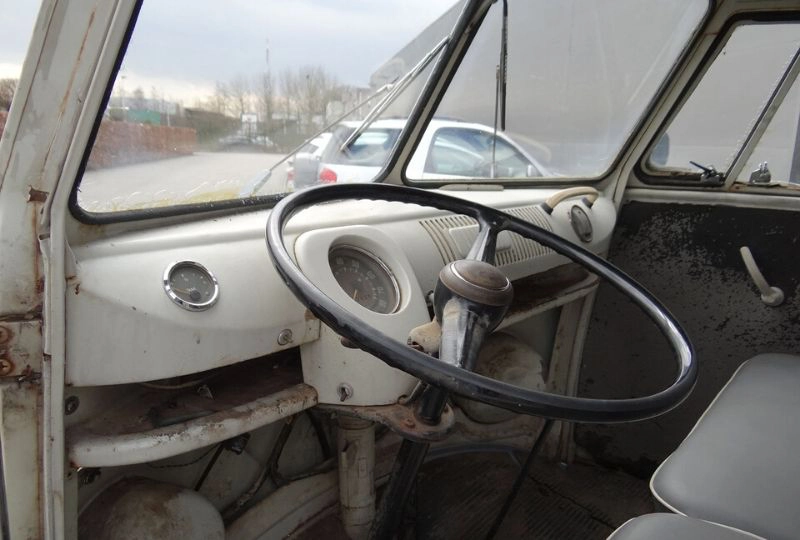
All VW Samba’s were fitted with an ashtray in the centre of the dashboard. The design however was changed with the introduction of the full width dashboard. From march 1955 onwards all models would be fitted with the ‘new look’ ashtray. VW Samba’s retained the chrome ashtray but all other models were fitted with a body coloured painted ashtray.
You were definitely spoilt if you purchased the VW Samba! Not only did you have somewhere to put out your cigarette but you could also tell the time at ease… Yes that’s right all Samba’s were fitted with a clock in the dashboard. Barndoor models were fitted with a large round clock on the passenger’s side. In 1955 this clock was replaced with a small rectangular clock.
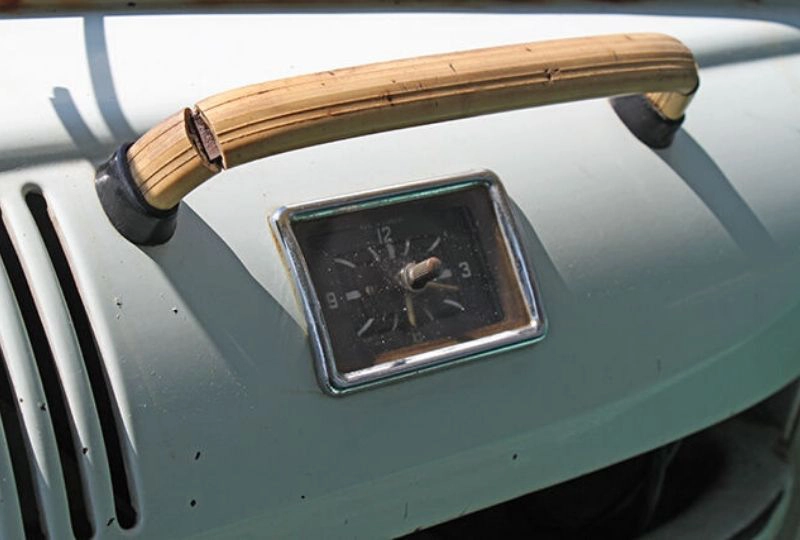
The space in the middle of the full width dashboard (even barndoor models) was intended for a radio. It was always however an optional extra for the radio to be installed (either a Blaupunkt or Telefunken) so a radio blanking plate was often installed instead.
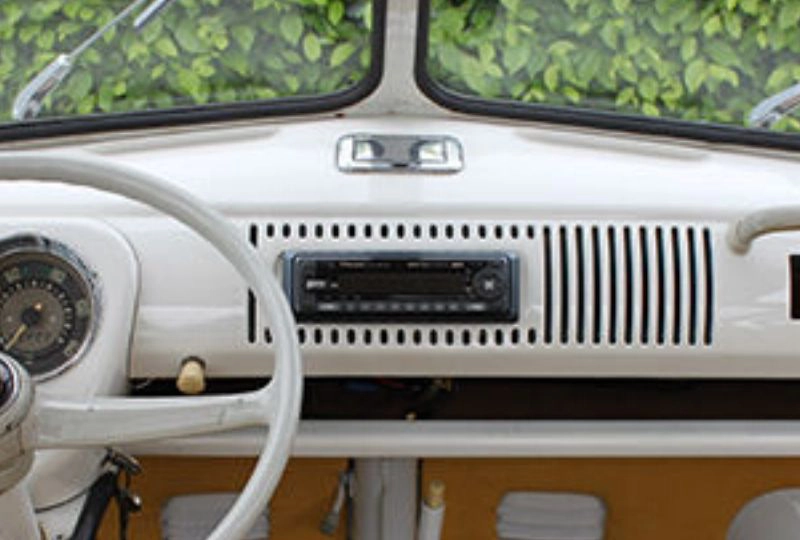
The Speedometer on a Splitscreen Bus was manufactured by VDO. It featured a black face with white numbers. The red marks around the very edge of the speedometer were the gear change points. Early models (Pre December 1953) were calibrated to 80KPH or 50MPH and the needle rotates backwards! In December 1953 the speedometer was updated and the needle rotates the normal way. At this point the calibration was also changed to 100KPH or 70MPH. This was all due to the larger 30HP engine that was now being installed in the Buses.
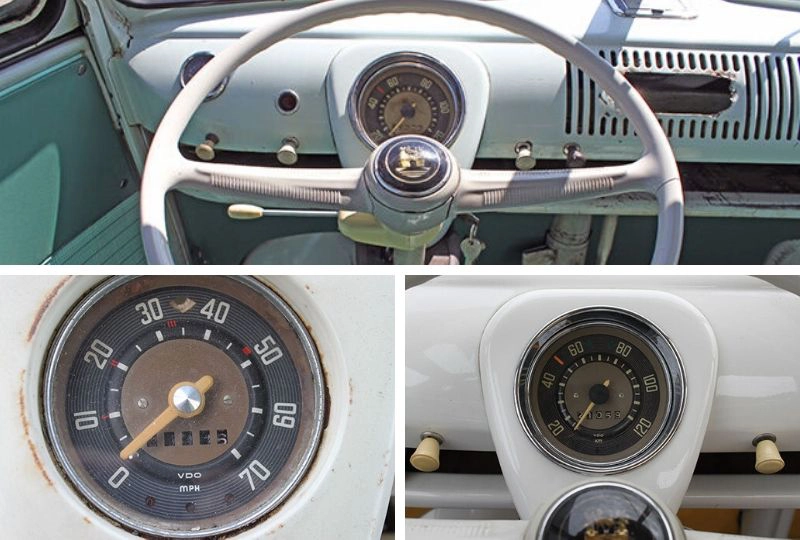
The warning lights on the Barndoor Bus were located outside of the speedometer on the surrounding panel. There were 4 lights in total. The ones on the right hand side were for the ignition (red one at the top) and the oil pressure warning light (green one at the bottom). The ones on the left hand side of the speedometer were for the semaphores (red one at the top) and the headlight main beam (blue one at the bottom).
Below these lights are two switches. The wiper switch is on the left and the headlight switch is on the right.
The ignition switch is located below the speedometer and a button on the left hand side acts as a starter button.
On the top of the dashboard (or on top of the binnacle) is a toggle switch which operates the semaphores.
From 1955 onwards when every model got the full width dashboard the speedometer was updated and all of the warning lights were incorporated.
The wiper switch and the headlight switches were transferred to the dashboard. The wiper switch was moved to the left hand side of the steering column and the headlight switch was moved to the right hand side.
The starter button was incorporated into the ignition switch and relocated onto the steering column.
The semaphore switch was removed from the dashboard and instead a new stalk was added to the steering column on the left hand side.
In 1961 the first fuel gauge was fitted into the dashboard. Before then VW Splitscreen Buses did not have a fuel gauge. Instead they had a fuel reserve tap mounted to the bottom of the fuel tank (like a motorbike). This was operated by a lever under the drivers seat (next to the heater control knob) on models from 1955 to 1961. Barndoor models however did not have control of the fuel reserve from inside the cab, the hand was mounted to the tap under the fuel tank. The reserve fuel tank held 1 gallon of fuel.
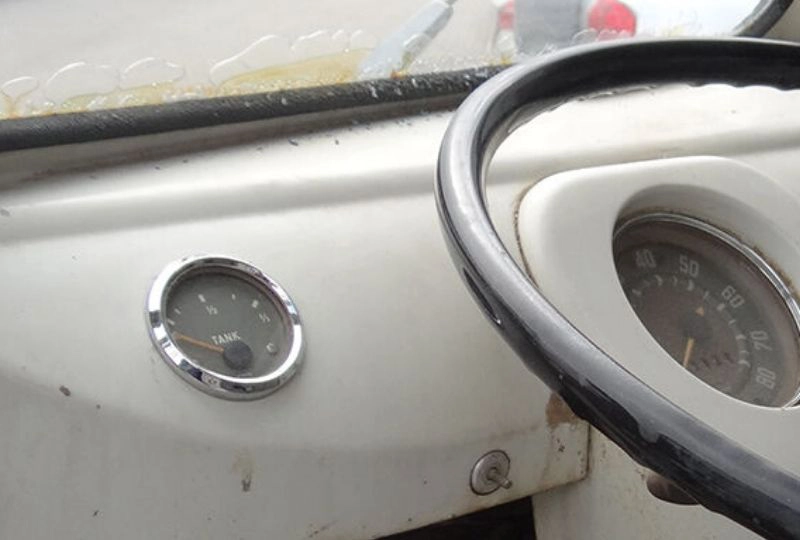
The headlight dipswitch was not found anywhere near the VW Splitscreen Bus dashboard. it was mounted on the floor of all Splitscreen Buses manufactured before August 1965. After this date the feature was added to the indicator stalk located on the steering column.